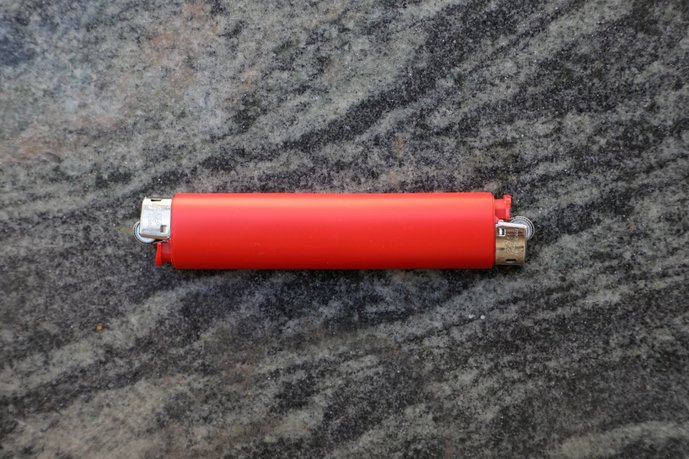

with alumni Clemens Lauer (PD 2019)
It is pretty clear what you have to do to get into HfG Karlsruhe: submit an application. But how do you get out?
According to HfG Karlsruhe’s current examination guidelines, in order to graduate from the school, a copy or the documentation of your graduation project or master’s thesis must be submitted to the relevant department secretary. Archiving therefore becomes the last necessary step to leave the institution. Without providing the archive with a copy of your work or its relative documentation, it is not possible to graduate. This begs the question: if archiving and documentation are part of the study and practice of art, how can we deal with this?
For media theory and art history, it’s relatively easy, a printed version of the master thesis is enough. In media arts, a digital copy of the project works. But when it comes to production design, how to deal with the design object becomes a fundamental question, during graduation but also in its aftermath. If we take a tour up to the mysterious HfG attic, which is accessible only with the help of facility managers, the picture we’ll see is a bit confusing: is it a mess of abandoned things or an archive of design objects?
How can a three dimensional object be documented? Do the techniques and methods matter? What happens to the object itself? Responding to the emerging demand of the design market, what kind of a role does documentation play? Can documentation of design items replace the item itself? Touching upon and brainstorming around these questions, the sixth edition of Documenting the Moment, invites the public to materialize archival questions from analogue to the digital world.